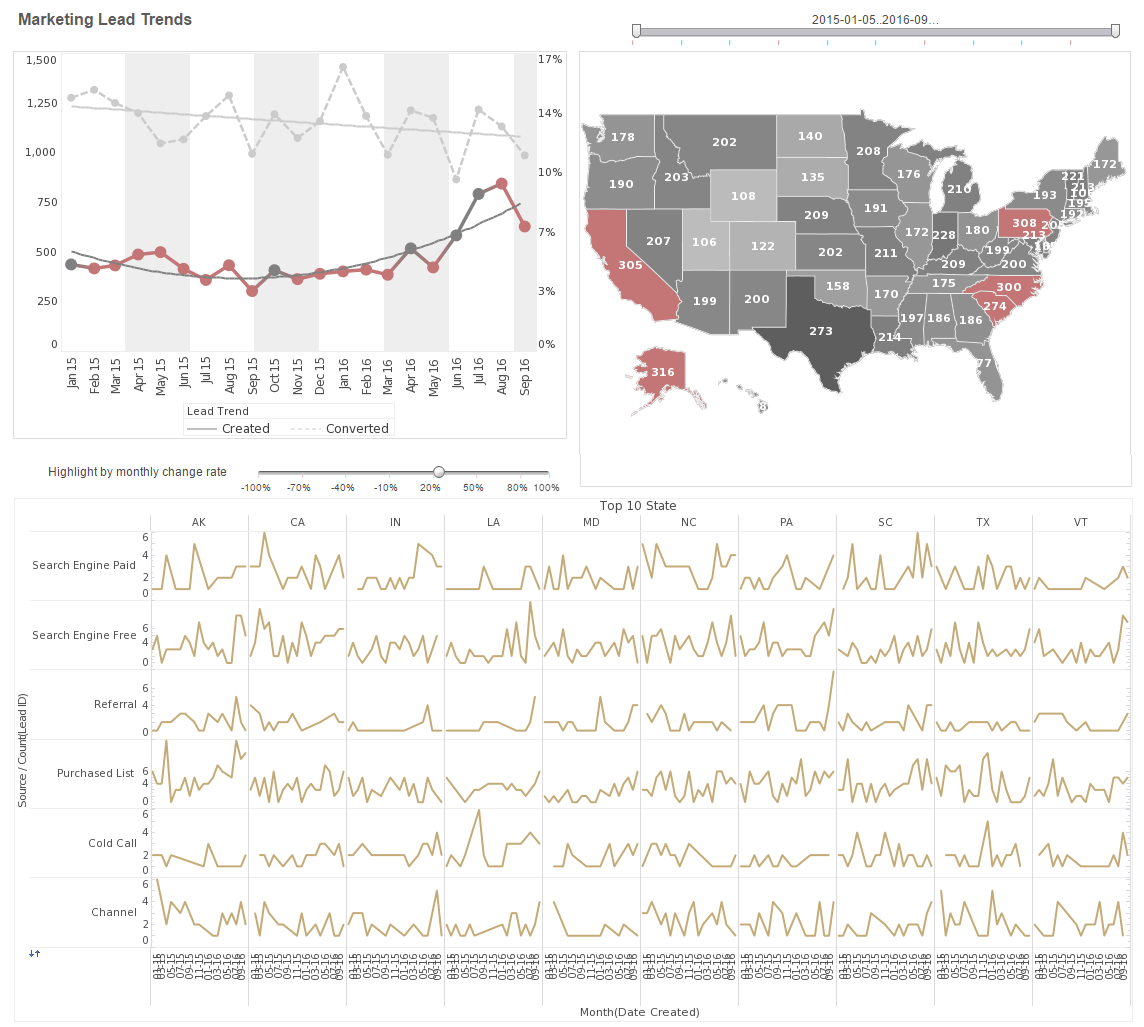Analyzing Customer Survey Data Is a Good Example
This is the continuation of the transcript of a Webinar hosted by InetSoft on the topic of "Why You Need Data Discovery Software." The speaker is Abhishek Gupta, product manager at InetSoft.
Now let’s focus a little bit on the why questions which are contained in unstructured information. Analyzing customer survey data is a good example. Almost every enterprise has run surveys of customers from time to time, and often times what happens is you have the very structured responses to survey questions where there are different options that users can choose from, but you also have that other box or additional comments box.
In most enterprises you store that information away, but if you haven’t asked the right questions in your survey you may not be able to determine, hey our customer’s unhappy without access to that data. You won’t be able to unlock what's happening in the unstructured comments. You are not going to understand why. So there are a whole variety of sources of unstructured information that are really critical to understand that why insight.
For emails and documents, blogs, products review sites, your CRM call transcripts, all that type of information can be used through a Unified Information Access platform to make better and faster decisions. So those are a couple of examples. For other examples of the use of unstructured information within the enterprise, one is looking at IT incidents, being able to tap into knowledge bases and historical issues to provide key context.
| #1 Ranking: Read how InetSoft was rated #1 for user adoption in G2's user survey-based index | Read More |
Linking Data Discovery to Unified Information Access
Now let’s talk about linking data discovery to Unified Information Access. Here the idea is the user is using one data discovery application to get to all kinds of information through one interface. Web content is a growing source of information, and we seem BI trying to expand to integrate search, we could explain UIA a bit and how it may differ from what BI has done.
One interesting example is the idea providing context for key performance indicators. Users are often frustrated with performance management systems not having enough information to fulfill or to meet KPI needs, and there’s a real potential there. Unified Information Access or UIA is really a new way of looking at information access, information management, and data discovery.
Traditionally you did have the two worlds of enterprise search to deal with content and you had data warehousing in business intelligence to deal with structured information. There have been many attempts over the years to try to bridge from one way or the other to mash up those sources of information. We found that really taking the approach and saying look, regardless of how the information originated it is important. It hasn’t come from a database. It may have come from a system log. It may have come from someone writing an e-mail. It’s all information that is valuable.
 |
View live interactive examples in InetSoft's dashboard and visualization gallery. |
So a Unified Information Access platform is designed to treat all data, regardless of origin, as just that, information that has different attributes in terms of some information has more structure than other information, but eventually at the end of the day, it’s all metadata and text and information contained in documents, e-mails and database records.
A couple of elements enable you to take all that information and deliver on the current demands of speed of information and deep analysis. A UIA platform really focuses on enabling you to rapidly integrate new sources of information and have embedded text analytics and embedded language processing. They provide a lot of agility in terms of managing data, especially when it comes to things like schemas.
Having those schema list approaches also supports a multiple analysis and access mode. That’s a really a key point. Traditionally if you have someone coming from a search approach, saying we’re going to use search to master all the information, you really find that for all the questions a business needs to answer, not all of them take the form of keyword search and likewise not all of these inquiries take the form of a SQL statement.
Read what InetSoft customers and partners have said about their selection of Style Scope for their solution for dashboard reporting. |
So the Unified Information Access solution not only brings you information together but exposes that spectrum of query capabilities. On top of that, it can bring you new access modes like the interactive dashboard I talked about. UIA platforms are really critical for delivering a flexible responsive managed kind of self serviced data discovering environment that can bring together deep analysis by looking across all the information, while supporting access modes that enable discovery and new paths of inquiry into information.
| Previous: Data Discovery Tools Need to Be Independent of the Data Sources |


